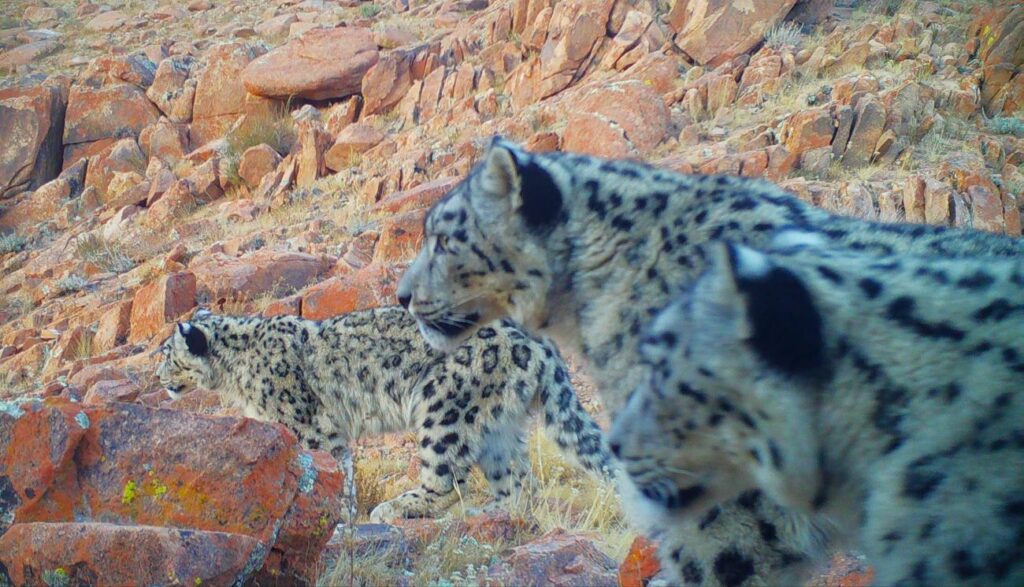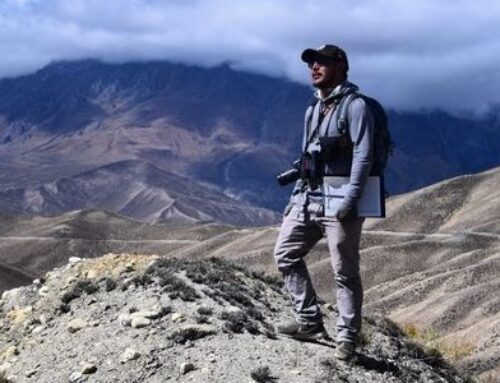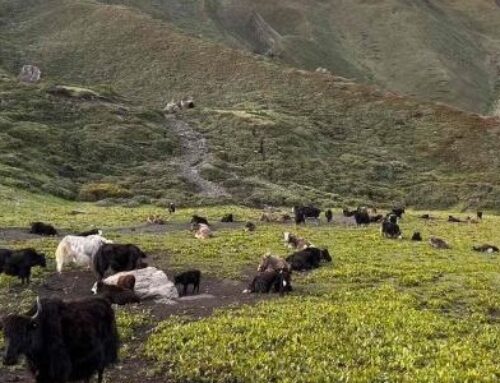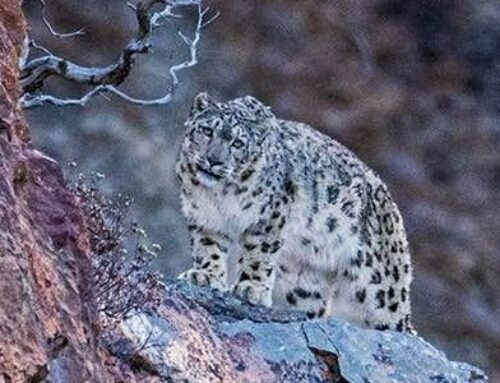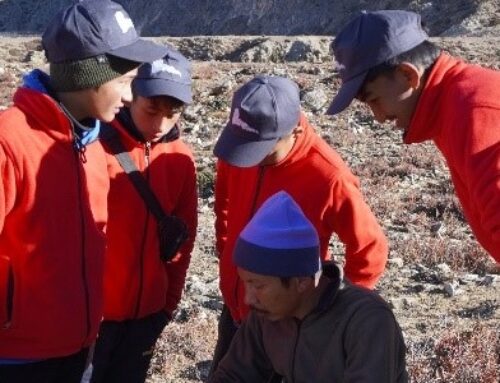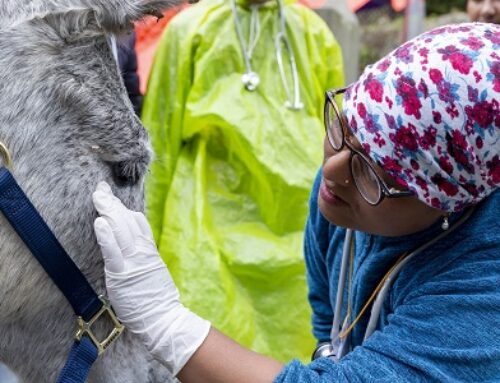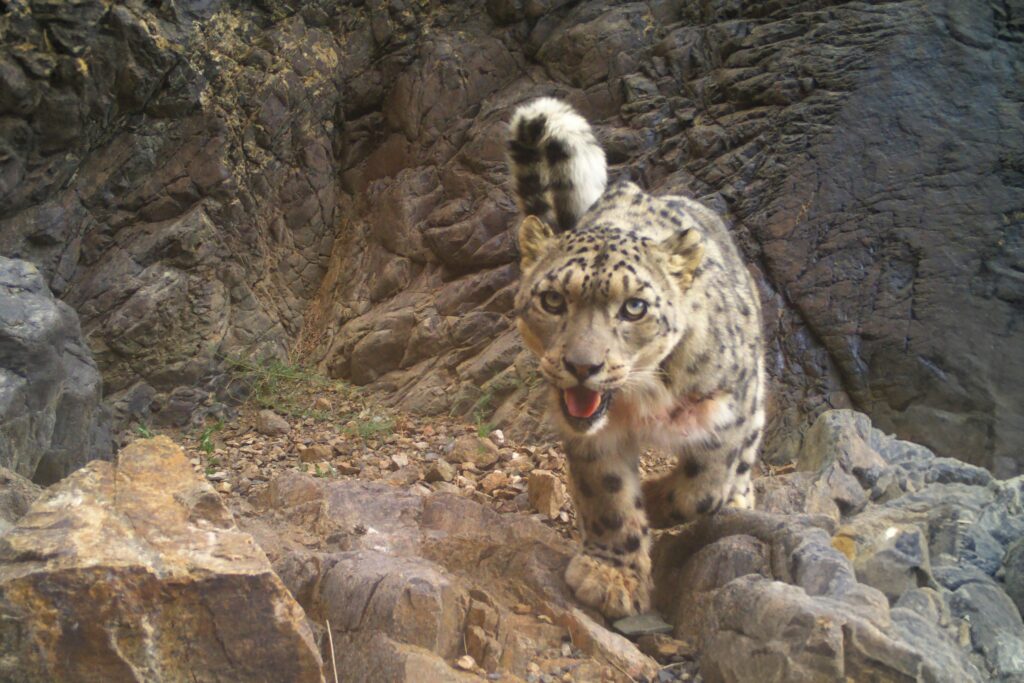
Since 2022, the NGO Wildlife Initiative, founded and directed by Claudio Augugliaro, has partnered with the Snow Leopard Conservancy to implement a project aimed at preserving the ecological corridor between Sutai Massif and Myangan Ugalzat National Park in Mongolia. This corridor is a natural highway for wildlife, particularly snow leopards, allowing them to move safely between larger habitat areas and maintain genetic diversity in an increasingly fragmented landscape.
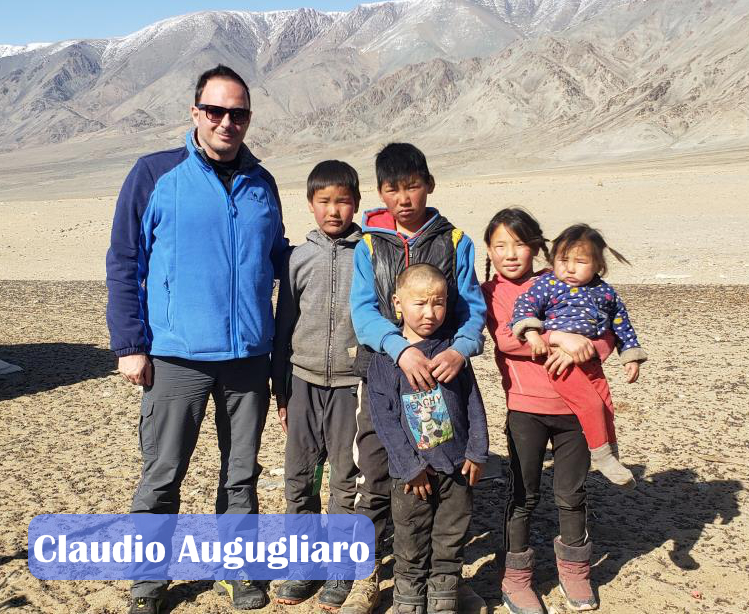

The projects’ main objectives are twofold: to facilitate and enhance the peaceful coexistence between snow leopards and local herders and to prevent the isolation of the Panthera uncia irbis snow leopard subspecies which inhabits the western Altai Mountains, spanning across Western Mongolia, Russia, and Kazakhstan.
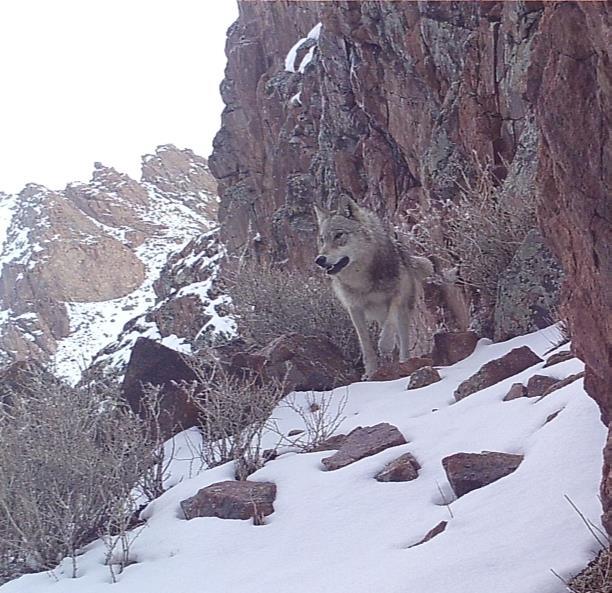
“During the project’s first year, the team initiated an interview-based survey of local herders, distributed Foxlights® nighttime predator deterrents, and set up camera traps in strategic locations. To celebrate this milestone, Claudio’s team met with 20 local herders to strengthen relationships and gather valuable feedback on the effectiveness of the Foxlights® deployed in the first year.
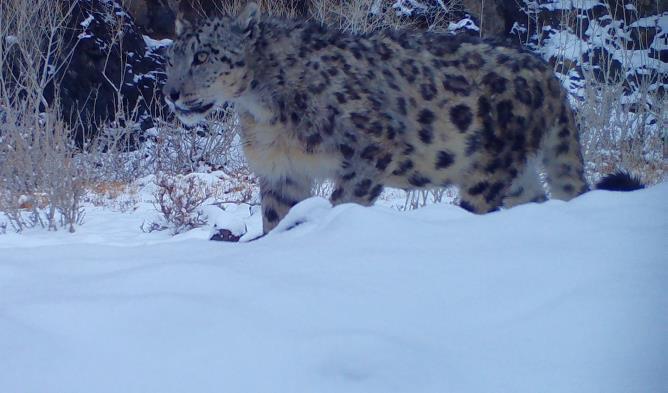
As the project entered its second year in April of 2023, the same methodology of weekly reporting was utilized to discern trends in snow leopard behavior, assess the effectiveness of Foxlights®, and monitor herders’ attitudes toward snow leopards and wolves. Ten selected herders submitted an impressive 501 weekly reports over 12 months, documenting 103 livestock kills by predators. This wealth of data has provided fascinating insights into depredation patterns in the region.

A great advantage of utilizing weekly reporting forms is that since herders can gather fresh data they’re less susceptible to misattributing livestock deaths to predators or the incorrect predator, which can negatively affect attitudes toward them.
The project’s collaborative approach has been key to its success. By involving local herders in data collection, the team has not only gathered more accurate information but also fostered a sense of ownership and pride among the community. Herders are no longer just bystanders but active participants in snow leopard conservation.
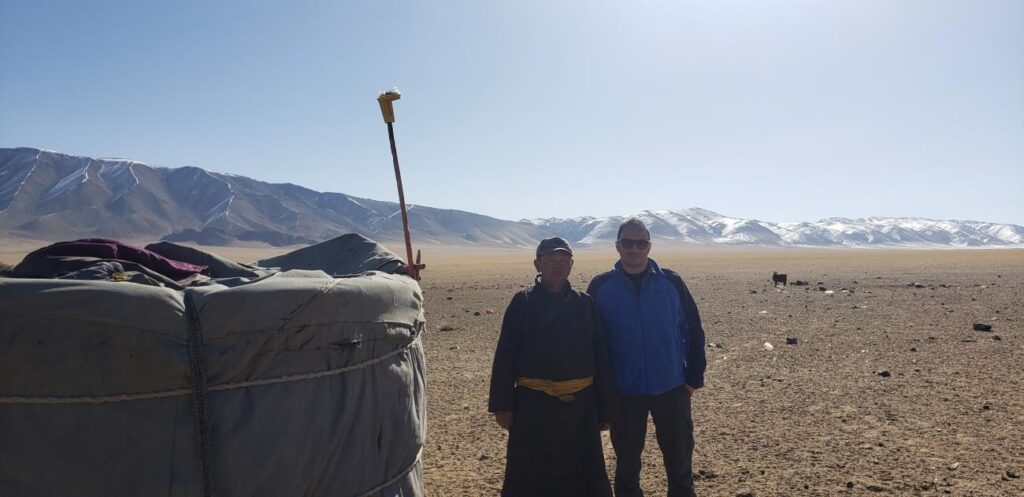
Gaining an understanding of where and when depredation of livestock is likely to occur is important for reducing incidents and improving herders’ attitudes toward predators. So, it was beneficial that through analysis of herder surveys combined with camera trap images, Claudio’s team was able to develop a framework that provided possible explanations for attacks on livestock by snow leopards and wolves at different locations, times of day, and seasons of the year. Their findings took into consideration factors such as the overlapping presence of snow leopards and wolves, seasonal livestock movements, proximity to water sources, and the effectiveness of Foxlights® predator deterrents.

Claudio reported that he and his team have enhanced the trust of local herders by demonstrating a commitment to the improvement of the herders’ living conditions while reducing livestock losses. He says that the herders are proud to have contributed valuable information that once analyzed was shared with other herders in the area who will also benefit from that knowledge.

During the remaining six months of the project, Claudio and his team will continue to collect data from trail cameras, questionnaires, and weekly herder reports and then conduct the final analysis. This information should provide a much clearer framework for understanding the dynamics of attacks on livestock and how the behavior of humans and snow leopards affect each other. This will be invaluable in identifying the most suitable mitigation measures and laying the groundwork for a long-term project that will facilitate a more peaceful coexistence between humans and snow leopards in the region.
